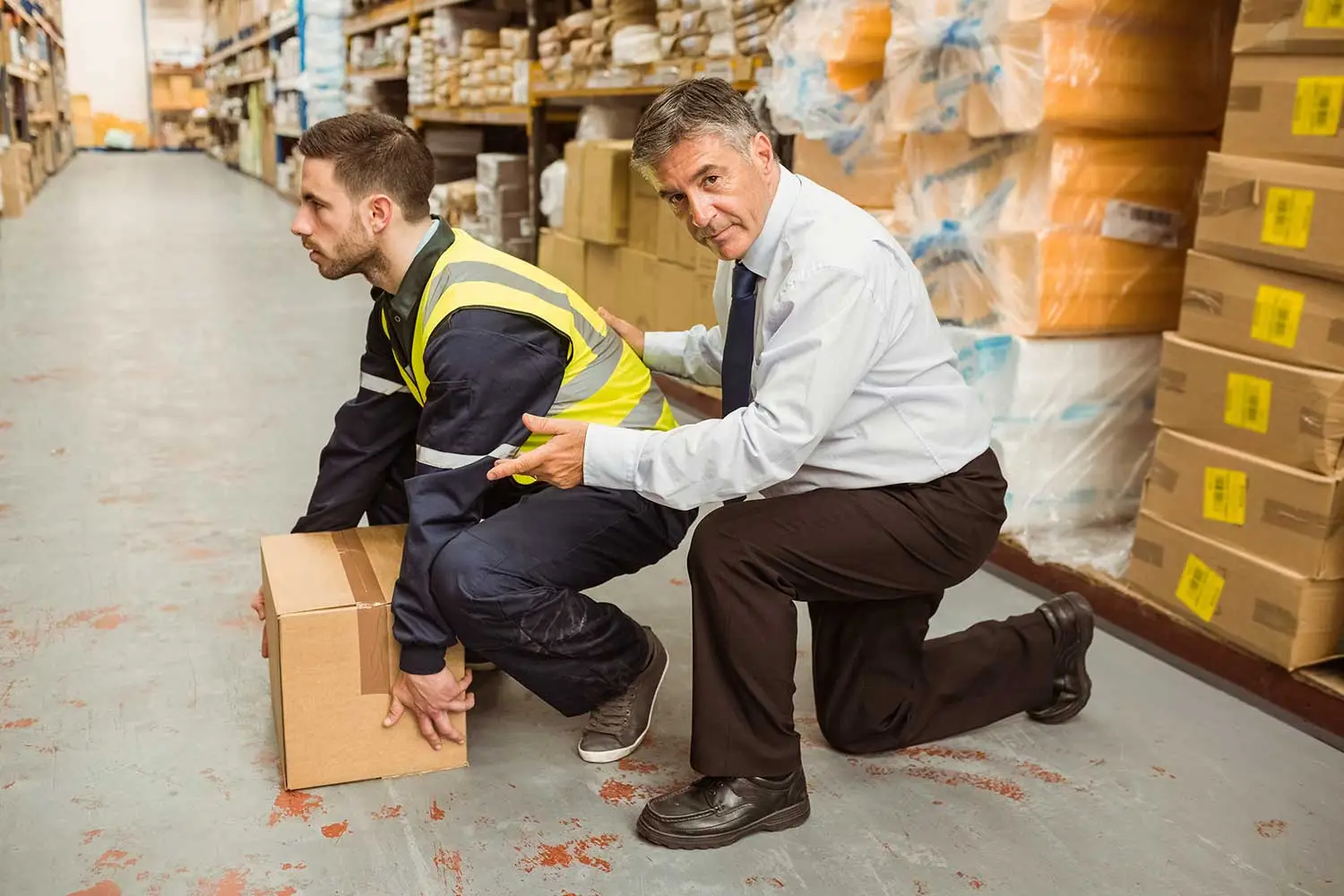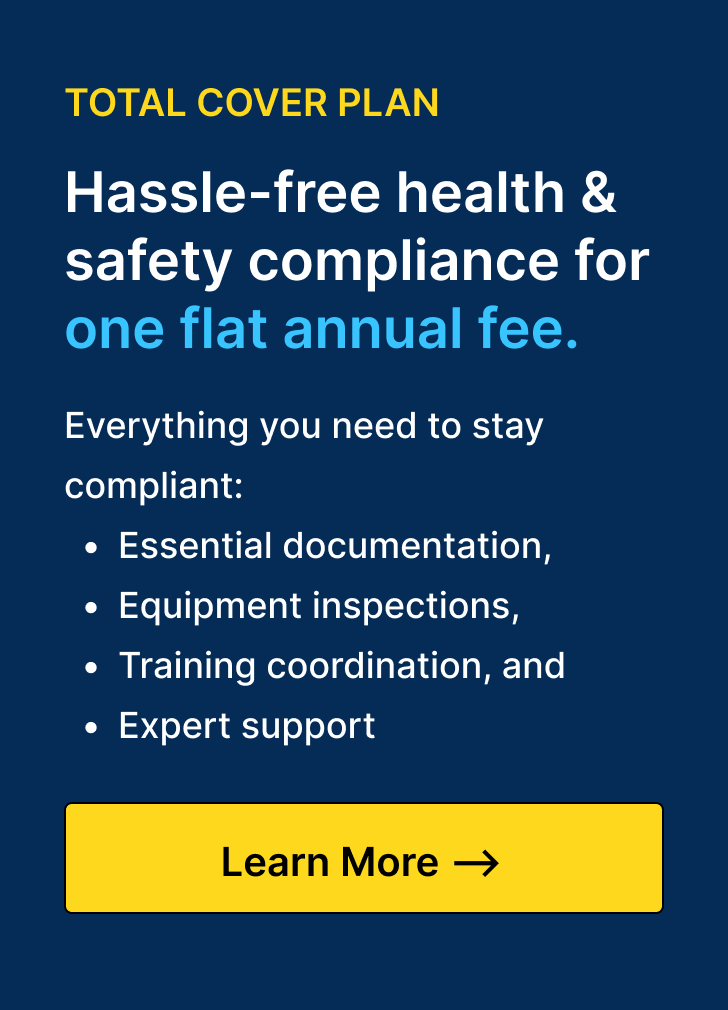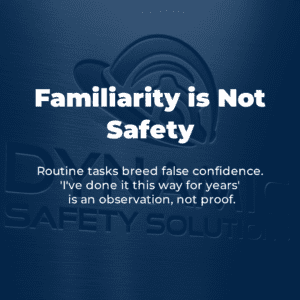The regulations set out under the Safety, Health and Welfare at Work Act 2005 act as a framework for employers to avoid or reduce the risk of injury resulting from manual handling activities.
Incident statistics from the Health and Safety Authority (HSA), “Summary of Workplace injury, Illness and Fatality Statistics 2006-2007” reported that the top five accident triggers of non-fatal accidents for all sectors in Ireland for 2007 are manual handling (34.1%), slips, trips and falls on the same level (17.4%), fall from height (6%), fall, collapse or breakage of material (5.8%) and other movement by injured person (5.4%).1
Who needs to get training?
A worker who lifts loads at waist height for example would not be a risk and there would be no point in sending them on a manual handling training course.
Manual handling training is for employers and employees who have any variation of pushing, pulling or lifting with their role and want an understanding of their responsibilities. The regulations only apply to work activity that ‘by reason of its characteristics or of unfavourable ergonomic conditions, involves risk, particularly of back injury, to employees’.
Where manual handling does involve the risk of injury the employer needs to act.
24% of all work place accidents reported annually to the Health and Safety Authority result in injury to the back.2
Costs to employers
The costs to employers of workplace injuries due in part to a lack of or inadequate Manual Training include:
- Replacing an injured employee with another
- Possible court proceedings and associated costs
- Compensation pay-outs if a case is successful
The Manual Handling Regulations give a general requirement that employees must be trained to manually handle correctly including the use of any equipment their employer provides to handle loads safely.
Waiting until an employee gets injured to start manual handling training might be too late and as seen in a number of IRE and UK cases, the costs and reputation to the business can be just as hurtful as the injury to the employee.
The proportion of incidents associated with manual handling is particularly high in the wholesale and retail trade (47%), manufacturing (40%) and health and social care (38%).3
Simple, effective and timely manual handling training can contribute to a safe and harmonious workplace with safety of all a priority.
Manual handling training
Our Manual Handling course is designed to provide participants with the knowledge to conduct all manual handling activities in a manner that will prevent injury and is based on the HSA course guidelines
The course deals with informing participants on the consequences of lifting incorrectly, because if persons understand the consequences of incorrect lifting they will pay more attention to lifting correctly.
On completion of this course, participants will:
- Have a basic understanding of the industry, the dangers of working in the industry and their responsibilities as an operative.
- State the definition of manual handling, the main causes of manual handling injuries and the reasons for manual handling training.
- Describe the function of the human spine.
- Describe the function of the intervertebral discs.
- Understand the effects of static loading and the risks involved in team lifting.
- Identify and maintain PPE appropriate for manual handling operations.
- Conduct all necessary safety checks at the work area.
- Describe and demonstrate safe handling techniques.
Manual handling course overview
Our Manual Handling Training course is focused on giving you the information you need perform manual handling duties safely, and ensure your compliance with Health and Safety Legislation.
Requirements
There are no minimum requirements.
Benefits to Your Organisation
- A manual handling injury case, such as back injury from heavy lifting, can be made in cases where manual handling training was not provided or inadequate training was provided by the employer. Manual handling training can mitigate potential liability in case of a manual handling related injury.
- Audit trail – evidence of completion and understanding.
Renewal
Employees must refresh their qualification within a 3 year period or if they change their job within that period that requires their manual movement to be assessed. Renewals can be done within the 3 year timeframe mentioned above.
Book a manual handling course with Dynamic Safety Solutions







